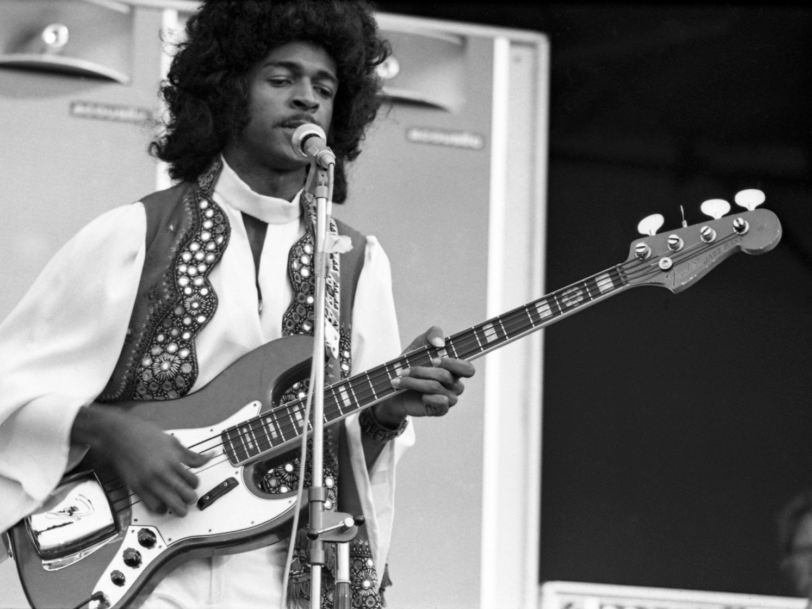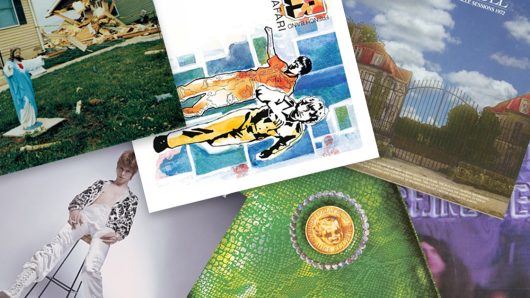The 70s was the decade in which the bass guitar really came into its own. Developments in funk, prog rock, and post-punk brought the instrument out of the shadows and into the foreground, while radical new playing techniques were pioneered, changing the sound of the bass forever. From Larry Graham’s thumping slap bass to the hypnotic drone of Peter Hook, these are the ten best 70s basslines: decade-defining riffs that made generations of players pick up the bass.
Listen to our 70s playlist here, and check out the best 70s basslines, below.
10: PiL: Public Image (Virgin, 1978)
Another late-70s new wave hit driven by a ridiculously simple bassline. Jah Wobble was a relative newbie to the instrument when it came to recording Public Image, but, like a true punk, he wasn’t about to let a lack of technical ability hold him back from making great music. This riff rumbles away without any change for the duration of the track, yet its repetitiveness serves as a perfect bed for John Lydon’s yammering howl, as well as Keith Levene’s shimmering guitar work. The stark, razor-sharp minimalism of Public Image would go on to define Lydon’s post-Pistols group, and obliterated any assumptions that PiL would be a mere Sex Pistols rehash.




